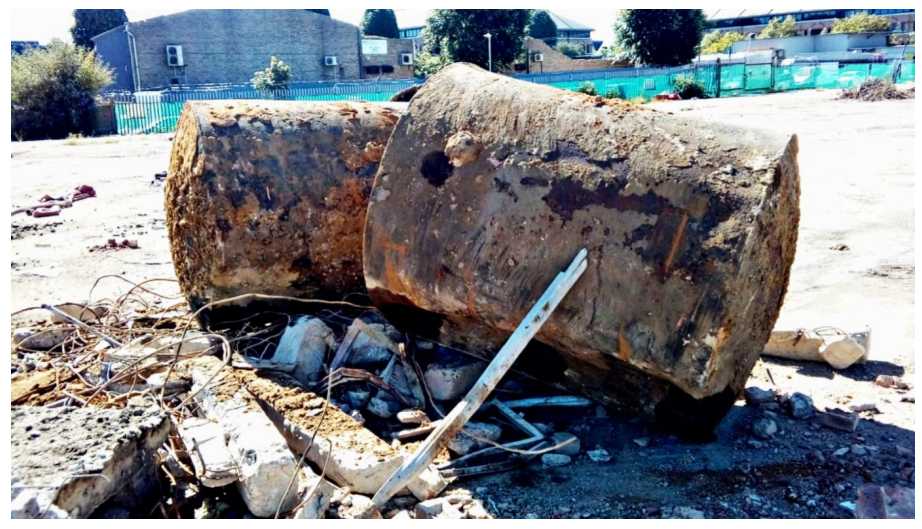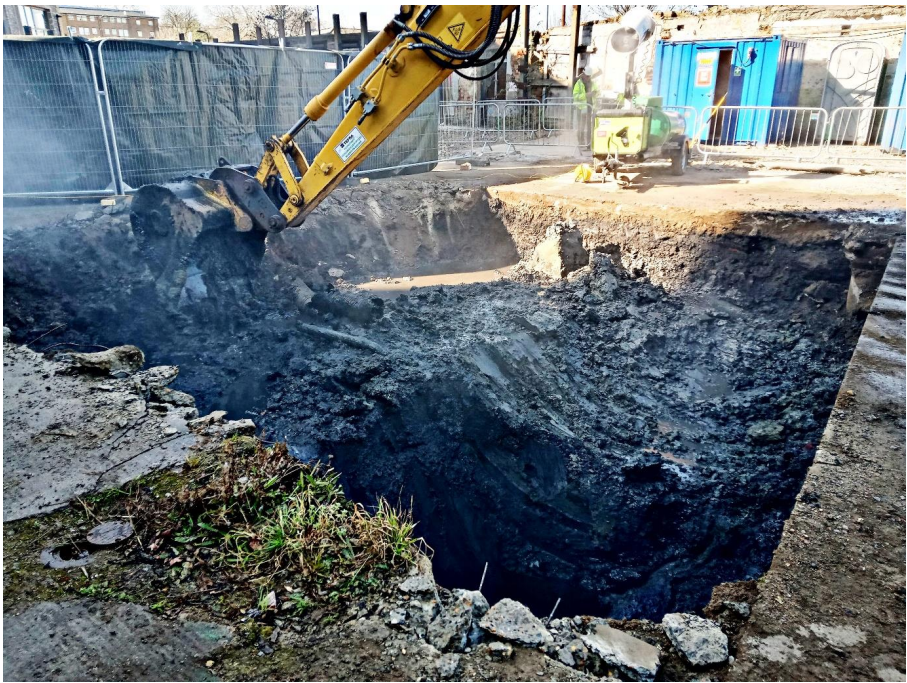The remediation strategy forms Phase 3 of the typical 4-Phase approach to land contamination assessment. Following the Desk Study Report (Phase 1), and Ground Investigation Report (Phase 2), if potentially unacceptable risks have been identified then remedial measures will be necessary to mitigate these risks. A requirement for a remediation strategy is often set out in the planning conditions attached to a successful planning application.
The purpose of the remediation strategy is to set out in detail the remedial measures required to make the site suitable for the proposed use, detail how the works will be undertaken, and how it will be proven to the Local Planning Authority that they have been completed to a satisfactory standard.
Remedial measures can vary from something as straightforward as installing hardstanding across the site or importing clean topsoil into gardens, right up to more complex remediation such as removal of below ground fuel storge tanks, removal of contamination soils or even in situ groundwater remediation.

The remediation strategy is tailored to the specific site and proposed development and once agreed with the Local Planning Authority ensures that the relevant planning conditions can be discharged once all requirements have been met. Once the remedial measures set out in the remediation strategy have been met, a Verification Report (Phase 4) will be required to provide proof to the Local Planning Authority.




